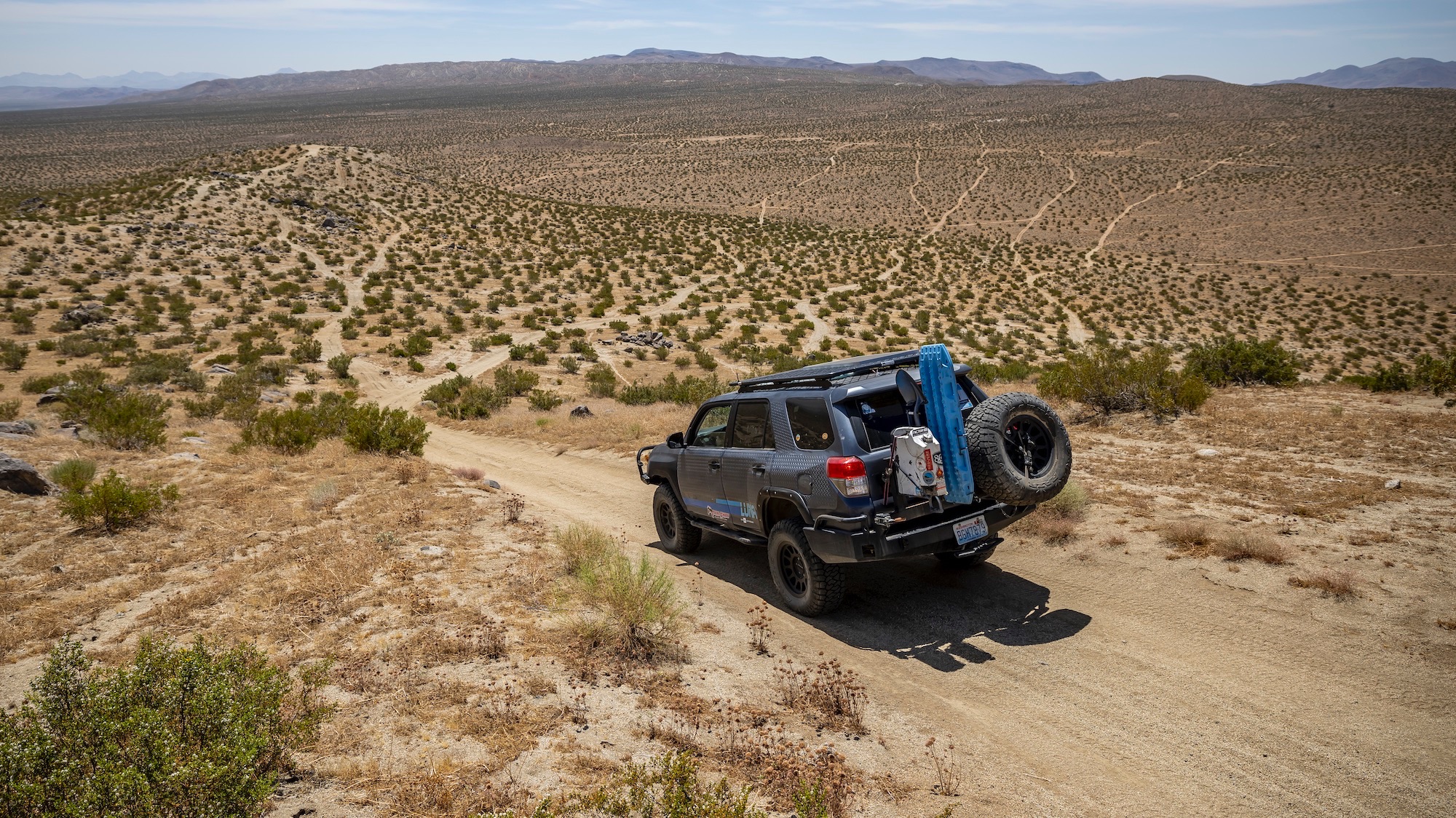Since the dawn of humankind, explorers and wanderers have been trying to make sense of the world around us, navigate by the stars, landmarks, and finally, roads. The earliest maps were created sometime around 600 B.C. in Babylon as crude scratches on a clay tablet. Greek scholar Ptolomy is often credited for the science of cartography, or the study and practice of making maps.
Digital map company onX takes that a step further, layering satellite images of maps with three-dimensional topography lines and information on public and private land boundaries. Providing disparate data for those most interested in hunting, fishing, and off-roading, this app encourages safe exploration and helps avoid trespassing into clearly-labeled private lands.
“People who make maps are historians,” says Molly Stoecklein, senior communications manager for onX. “Maps tell a story, and it’s a big responsibility to make these maps in a way that’s understandable to everyone else.”
This is how onX takes that to heart.
Are paper maps dead?
As a kid, I used to trace my finger along the route on my parents’ Rand McNally road map, following along to best understand where I was in this great, big world. Today, most of us are used to working with Apple Maps, Waze, and Google Maps, to name just a few navigation apps.
Different from paper maps, modern, web-based maps can zoom in and out, and pan around. OnX creates its own content and segments it into different tiles per zoom level. Then the cartography team decides what content to display and how to visualize it at each zoom level. For example, at a low zoom level, you might see a state boundary outline, high-level topography (such as mountains, rivers, lakes), and off-roading hot spots. Zooming in reveals more details as trails begin to appear as well as land ownership boundaries and recreation points of interest. Mapbox is a third-party company that creates the underlying “map viewer” technology that onX uses to display those tiles and their design in 2D and 3D.
A map is only as good as the data that underpins it, Stoeklein explains. Most navigation apps on the market use “off the shelf” data sources, she says, which are one-stop-shop sources like Open Street Maps (OSM). However, these apps don’t modify or change any information. Instead, onX incorporates thousands of other sources, like local city geographic information system data, Forest Service data, and more.
“No data set is too small,” Stoeklein says. “We compare that data and pick and choose the most accurate and most up-to-date elements from each. For example, the data for a trail in OSM might geospatially differ from that same trail in Forest Service data.”
OnX staff compares these different sources and leverages human input via its quality control team to gather more intel, then they choose the trail that most accurately represents what an app user would see on the ground.
“Some people see this app and say ‘print maps are dead,’ and I say they’re not,” says April Leone, an engineer with onX and a frequent off-roader. “I think this is a good way to augment them with real-time information and input.”
Leone is a fellow multi-time participant in the Rebelle Rally, an eight-day, 1,500-mile off-road competition for women. As we chased previous Mojave Desert checkpoints for the rally using onX routes for practice, the intersection of paper and digital data and how they complement each other was clear. During the rally itself, any GPS-enabled device is strictly forbidden, but during our practice runs using the onX app illuminated routes and approaches to high ground I hadn’t considered before.
Swiping down with two fingers turns the flat digital map into a three-dimensional view that helps to better understand the terrain. The paper topographical map translated the larger area. Together, we had a panoramic view of the public lands.
The dichotomy of exploration and protecting natural resources
OnX makes it possible for the adventurous to explore far and wide, often further than they might have before the app existed. There is some caution about digitization of map technology, as environmental advocates express concern about wildlife and the delicate desert environment. Biological soil crust in Utah, for example, is a critical part of the ecosystem for plants and animals, and cannot be easily replaced. Staying on the established routes are critical for the survival of the terrain as well as the sport of off-roading.

The vast majority of ardent off-roaders are aware of and abide by guidelines set by TreadLightly!, a nonprofit organization dedicated to ethics in this sector. The organization’s goal is to “balance the off-road and off-highway vehicle users’ need for adventure with the need to conserve the places where they ride and explore.” In that vein, hundreds of vetted onX trail guides complete TreadLightly! training before they’re allowed to contribute.
Once they’re in the system, the contracted onX trail guides record their routes, taking photos and writing descriptions of the surface in comprehensive, easy-to-read text. Represented in lines, dots, and shapes, the routes are reviewed and overseen by the company. Behind the scenes, onX’s cartography team has already done the background work to create an artistic representation of the map in a way that makes sense to off-roaders.
“There’s a lot of information on the map and we have to figure out how to make it simple,” Stoecklein says.
The app technically works around the world, Stoecklein says, explaining some users have used it in Iceland, Thailand, and parts of South America and Africa. After all, the satellite imagery and GPS location is already built in. However, onX’s basemaps (topo, 3D, and higher resolution aerial imagery) and content (trail data, etc.) are only currently available within North America, primarily the US, Canada, and Baja.
So buckle up, pick a route, and explore.

